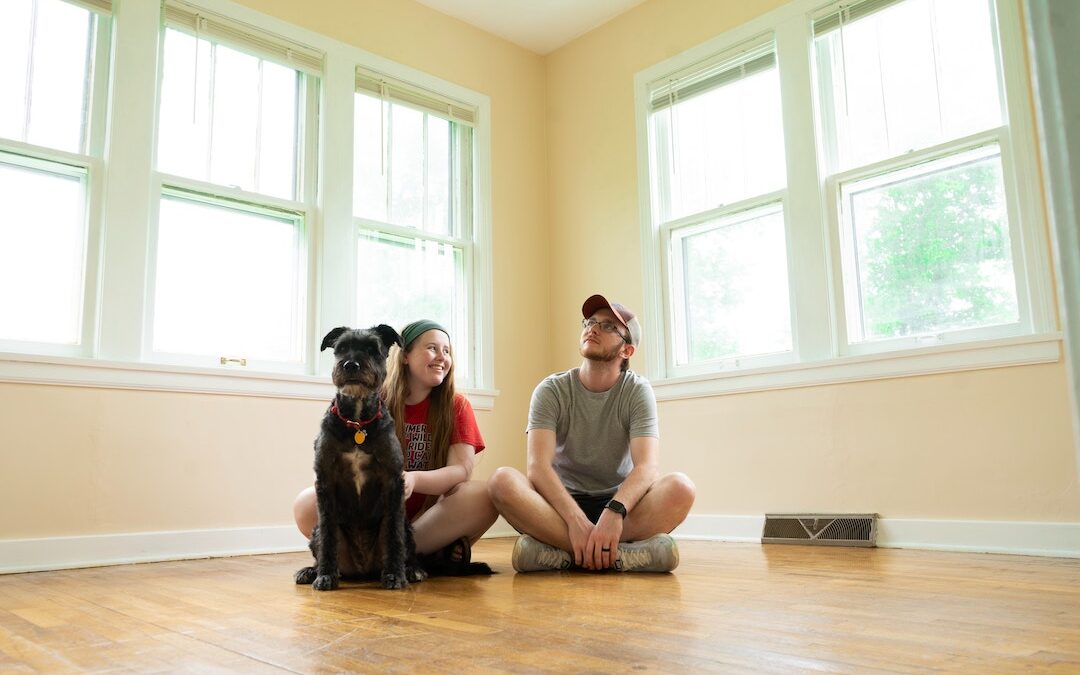As the “great Australian dream” of home ownership is slipping further away from most of us, the federal government recently expanded the criteria of the Home Guarantee Scheme.
These new measures, which actively address the ongoing housing crisis, include changes to the First Home Guarantee, the Regional First Home Buyer Guarantee, and the Family Home Guarantee. It’s all about trying to provide greater accessibility and support to prospective homeowners.
Let’s take a look at the changes to each scheme.

Changes to First Home Guarantee and Regional First Home Guarantee
Initially, the First Home Guarantee and Regional First Home Guarantee schemes were restricted to married and single people, as well as those in defacto relationships, but now those restrictions are being relaxed.
According to the new rules, from July 1 2023 siblings, friends, and other family members will be able to jointly apply for the First Home Guarantee and Regional First Home Guarantee.
These schemes will also be available to non-first home buyers who have not owned a property in the past 10 years.
For both the First Home Guarantee and Regional First Home Guarantee schemes, the federal government will act as guarantor on up to 15 per cent of a loan. This will allow eligible home buyers to buy a home with as little as a 5 per cent deposit, without paying lenders mortgage insurance.

Family Home Guarantee changes
The criteria for Family Home Guarantee applicants will also be expanded beyond just single, natural or adoptive parents with dependents.
This change means the guarantee will become available to eligible borrowers who are single legal guardians of children, such as aunts, uncles and grandparents.
Under the Family Home Guarantee, the federal government acts as guarantor on up to 18 per cent of a loan. This means eligible home buyers will be able to purchase a home with as little as a two per cent deposit without paying lenders mortgage insurance.
There’s good news for permanent residents who are also eligible.
Housing Minister Julie Collins claims the eligibility changes reflect the changing make-up of Australian households.
“We know friends and family members are already teaming up to secure their own place to call home,” Ms Collins said.
“Our actions will allow them to access vital assistance, just as couples have been able to previously.”
“We’re bringing together all levels of government to tackle housing issues from planning to rental reforms, and making sure housing and homelessness services providers are listened to as we plan for the future.”
The government says allowing non-first home owners who haven’t owned a property for ten years to access the schemes will be beneficial to people who have fallen out of home ownership due to financial issues or relationship breakdowns.

The federal government’s housing agenda also includes:
- The $10 billion Housing Australia Future Fund, the single biggest investment in social and affordable housing by a federal government in more than a decade, which will build 30,000 new social and affordable rental homes in its first five years.
- In the 2023 Budget, an extra $67.5 million to states and territories to help tackle homelessness, as part of a $1.6 billion one-year extension of the National Housing and Homelessness Agreement.
- In the 2023 Budget, incentives to increase the supply of rental housing by improving taxation arrangements for investments to build-to-rent accommodation.
- A new National Housing Accord; a shared ambition to build one million new well-located homes over five years from 2024.
- Widening the remit of the National Housing Infrastructure Facility, making up to $575 million available to invest in social and affordable rental homes.
Availability:
Every year, 35,000 Home Guarantees places are made available. In addition, up until June 30, 2025, there will be 10,000 places available per year under the Regional First Home Buyer Guarantee and 5,000 places per year under the Family Home Guarantee.
Experts predict the schemes will be popular with prospective home buyers, allowing for a more affordable entry point to the housing market for those on low-to-mid level incomes.
However, according to CoreLogic there is risk attached to the government’s “help to buy” schemes.
“Anyone considering the scheme should be aware of the risks associated with buying on such a small deposit. With the housing market probably heading into a downturn over the coming year or years, some buyers may find their home is worth less than the debt held against it.
It’s important to know if the government will share in the downside risk if the property is sold while in a negative equity situation.”
There are also concerns that, while expansion of criteria makes these schemes fairer, they might not necessarily be more effective. For example, there’s a relatively high-income threshold around the First Home Guarantee that might help people into housing more quickly – but there’s an argument that this might limit more equitable home ownership across income distributions.
However, in the event of declining interest rates, these schemes will become increasingly appealing to prospective homeowners, as they weigh up the financial implications of additional mortgage debt against the ongoing expenses associated with renting.
You can check your eligibility for the housing schemes here: https://www.nhfic.gov.au/support-buy-home/eligibility-checker
To read more about first home buyers, check out our article on how they were impacted by the pandemic.

